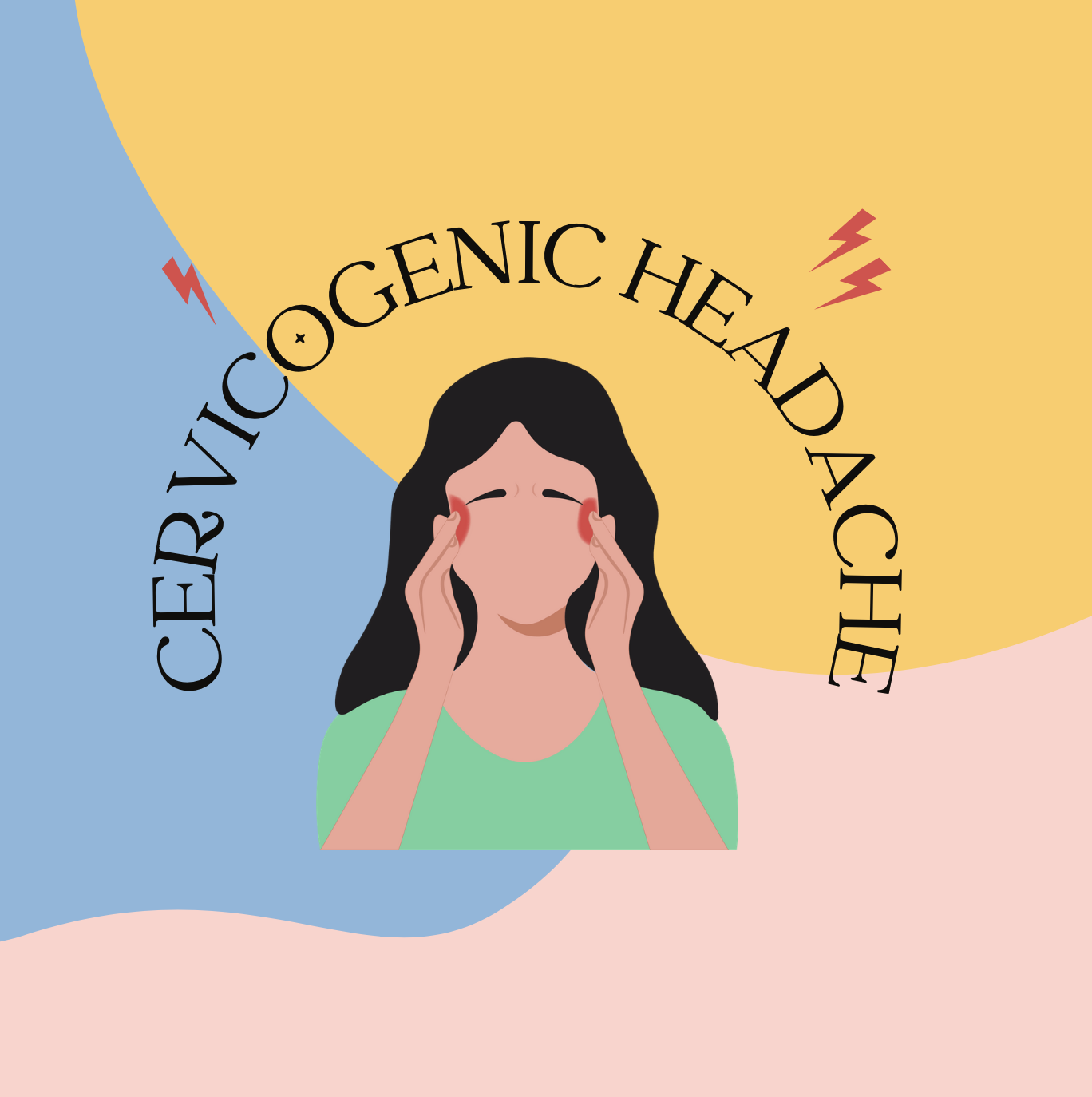Cervicogenic Headache
Prevalence of Headache Disorders
Headache disorders, which are characterised by recurrent headache are one of the leading causes of year lost due to disability, worldwide (WHO, 2016). Headache disorders are associated with personal and societal burdens of pain, disability, damaged quality of life, and financial cost. Worldwide, headache has been underestimated, under-recognized and under-treated. Despite regional variations, headache disorders affect people of all ages, races, income levels and geographical areas, with an estimated 1.7-4% of the world's adult population having a headache on 15 or more days each month (WHO, 2016).
Cervicogenic Headaches (CGH)
Throughout history, headaches have almost always been classified as a neurological issue in which a physiotherapist would have no role in managing. However recent research has shown that in many cases frequent headaches may be associated with physical structures in the neck. This kind of headache is referred to as Cervicogenic headache (CGH) and can arise from the small joints and muscles in and around the top vertebrae in your neck (Inan & Ateş, 2005).
This kind of headache is often misdiagnosed as the presenting features can be complex and similar to many primary headache syndromes like migraine or tension type headache. Moreover, in clinical practice, multiple headache forms may co-exist in up to 55% of cases, further complicating diagnosis and treatment (Hong et al., 2016).
What causes CGH
Cervicogenic headache is thought to occur when pain is referred from a specific source in the neck up to the head. In the upper part of the neck, there is a gathering of nerves called the trigeminocervical nucleus. This gathering is an area of convergence of the nerves that carry sensory messages (i.e., pain, temperature, pressure, etc) from the nerves in the upper spine, face and head. When a pain sensation from a cause of cervicogenic headache is sensed by the upper spinal nerves, it gets transferred to this convergence (trigeminocervical nucleus) and the messages can get mixed between the different nerves. This results in pain being felt in different regions of the head, when it actually originated from structures in the neck (Bogduk & Govind, 2001).
There are a number of reasons the structures of the neck may send pain signals in the first place. The workplace is a major culprit, specifically with jobs that require repetitive head movements, frequent heavy lifting, or prolonged sitting postures at a desk or computer screen. Many of these factors can be seen at home, as well, with the heavy lifting of gardening, bending and reaching into cabinets, or simply sitting with poor posture while watching television.
What does a CGH feel like?
Cervicogenic headache usually starts as an intermittent pain and may progress to become a continuous pain. They are mainly triggered by abnormal movements or sustained postures of the neck, pressing the back of the neck, or sudden movements from coughing or sneezing (Vincent, 2010).
The common features of cervicogenic headaches include:
Pain originating at the back of the neck and radiating along the forehead, area around the eye, temple, and ear
Pain along the shoulder and arm on the same side
Reduced flexibility of the neck
Eye swelling and blurriness of vision may occur on the affected side in some cases
Pain almost always affects the same side of the neck and head, but in uncommon cases both sides may be affected
(Pain distribution CGH, 2019)
How can a physiotherapist help?
Physiotherapy is considered the first line of treatment and there is a growing body of evidence supporting physiotherapy management of this kind of headache.
One study found that a six-week physiotherapy program including physiotherapist delivered manual therapy (hands-on treatment) and exercise therapy, was an effective treatment option for reduction of cervicogenic headache symptoms and decreasing medication intake in both the short term and at one-year follow-up (Jull et al., 2002). The lasting effects witnessed in these studies provides great hope for those with cervicogenic headaches as it highlights the potential for self-management after the initial period of physiotherapy.
In addition to this, a physiotherapist will also provide tailored education and advice on how best to minimise the severity and reoccurrence of CGH’s. And will then support you in implementing these changes (Page, 2011). These changes might include altering lifestyle factors, optimising environment and ergonomics, and finding management strategies to use during a headache event.
Some tips that may help
Aim to get 7-9 hours of good quality sleep each night. Sleep has been shown to decrease the severity and frequency of pain (Nijs et al., 2018).
Incorporate some physical activity into every day. Some studies have shown that as little as 2 minutes of strength training for 10 weeks can decrease the frequency and severity of CGH (Andersen et al., 2011).
If you must sit for prolonged periods of time at a desk, set your workspace up to enable comfortable postures. Some ways to do this is to have a comfortable and supportive chair, a desk that’s height can be changed/a standing desk, and minimise the time spent looking down (i.e., monitor or screen that is raised so you are looking forward instead of down).
If you are required to lift objects at home or work, keep the object you are lifting close to your body and always ask for help for items you cannot comfortably lift by yourself.
Consider the pillow you use. Pillows that are too high or using multiple pillows can shift your head forward or to the side which when sustained for too long may exacerbate CGH.
By Sophie Chapman, Physiotherapy Student at Exercise Thought
References:
Andersen, L., Mortensen, O., Zebis, M., Jensen, R., & Poulsen, O. (2011). Effect of brief daily exercise on headache among adults - secondary analysis of a randomized controlled trial. Environ Health; 37(6):547-50. doi: 10.5271/sjweh.3170.
Bogduk, N., & Govind, J. Cervicogenic headache: an assessment of the evidence on clinical diagnosis, invasive tests, and treatment. Lancet Neurol 2009; 8:959.
Hong, J.-P., Lai, C.-H., Lin, Y.-C., & Chou, S.-W. (2010). Clinical assessment of patients with cervicogenic headache: a preliminary study. Chang Gung Medical Journal, 33(1), 58–66.
Inan, N., & Ateş, Y. (2005). Cervicogenic headache: pathophysiology, diagnostic criteria and treatment. Aǧrı, 17(4), 23–30.
Jull, G., Trott, P., Potter, H., Zito, G., Niere, K., Shirley, D., Emberson, J., Marschner, I., & Richardson C. (2002). A randomized controlled trial of exercise and manipulative therapy for cervicogenic headache. Spine (Phila Pa 1976) 1;27(17):1835-43. doi: 10.1097/00007632-200209010-00004.
Nijs, J., Mairesse, O., Neu, D., Leysen, L., Danneels, L., Cagnie, B., Meeus, M., Moens, M., Ickmans, K., & Goubert, D. (2018). Sleep Disturbances in Chronic Pain: Neurobiology, Assessment, and Treatment in Physical Therapist Practice. Physical Therapy, 98(5), 325–335. https://doi.org/10.1093/ptj/pzy020
Page, P. (2011). Cervicogenic headaches: an evidence-led approach to clinical management. International journal of sports physical therapy, 6(3), 254–266.World Health Organisation (WHO)
Vincent, M. B. (2010). Cervicogenic Headache: A Review Comparison with Migraine, Tension-Type Headache, and Whiplash. Current Pain and Headache Reports, 14(3), 238–243. https://doi.org/10.1007/s11916-010-0114-x
World Health Organisation (WHO). (2016). Headache disorders; Fact Sheet. Retrieved from https://www.who.int/news-room/fact-sheets/detail/headache-disorders

